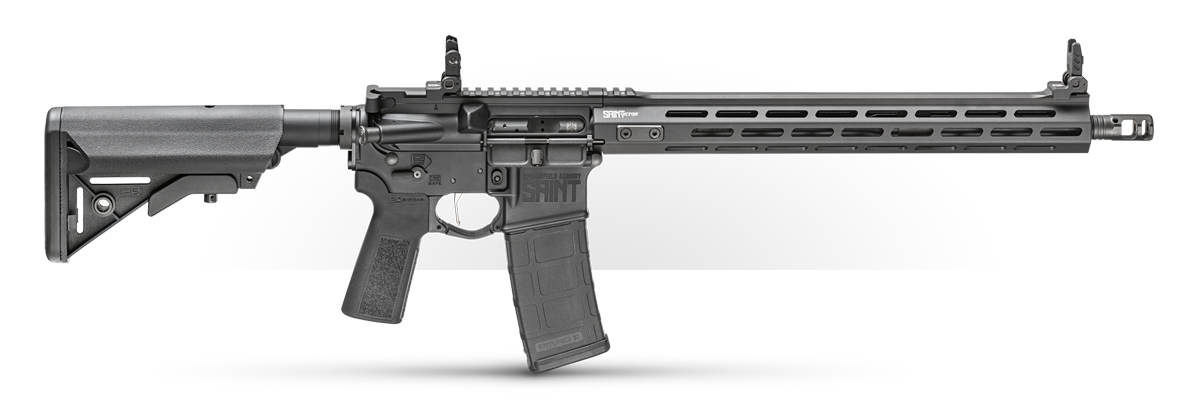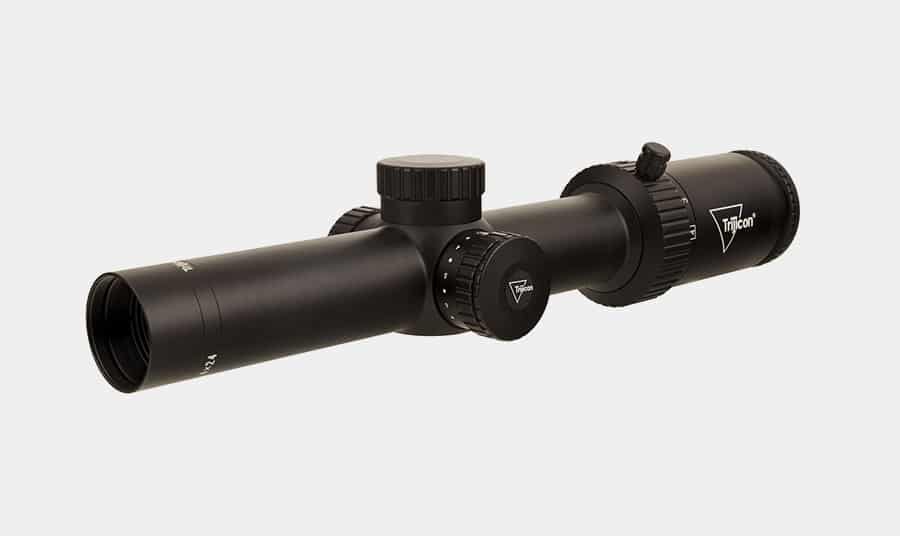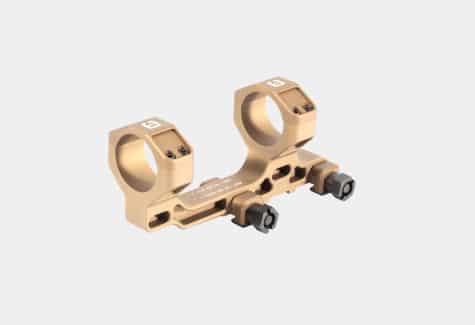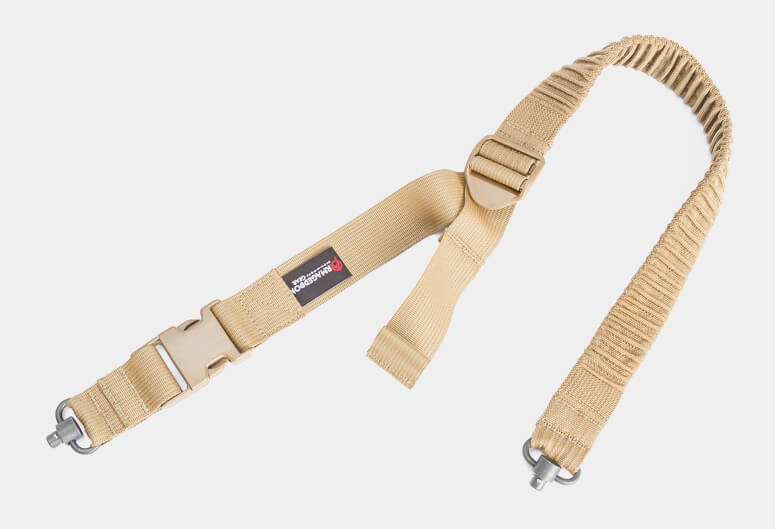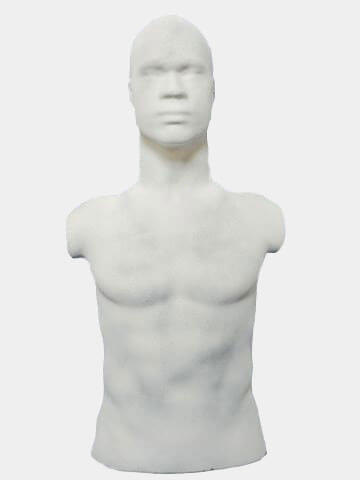You’ve laid all the groundwork. You have the right AR. The right optic. The right ammo. The right gear. But, when you pull the trigger on your AR, you are hitting several inches low and don’t understand why. You sighted it in at 50 yards and it was grouping well, but now you cannot seem to hit where you are aiming. Why? If you understood the nuances of zero with an AR, you would know.
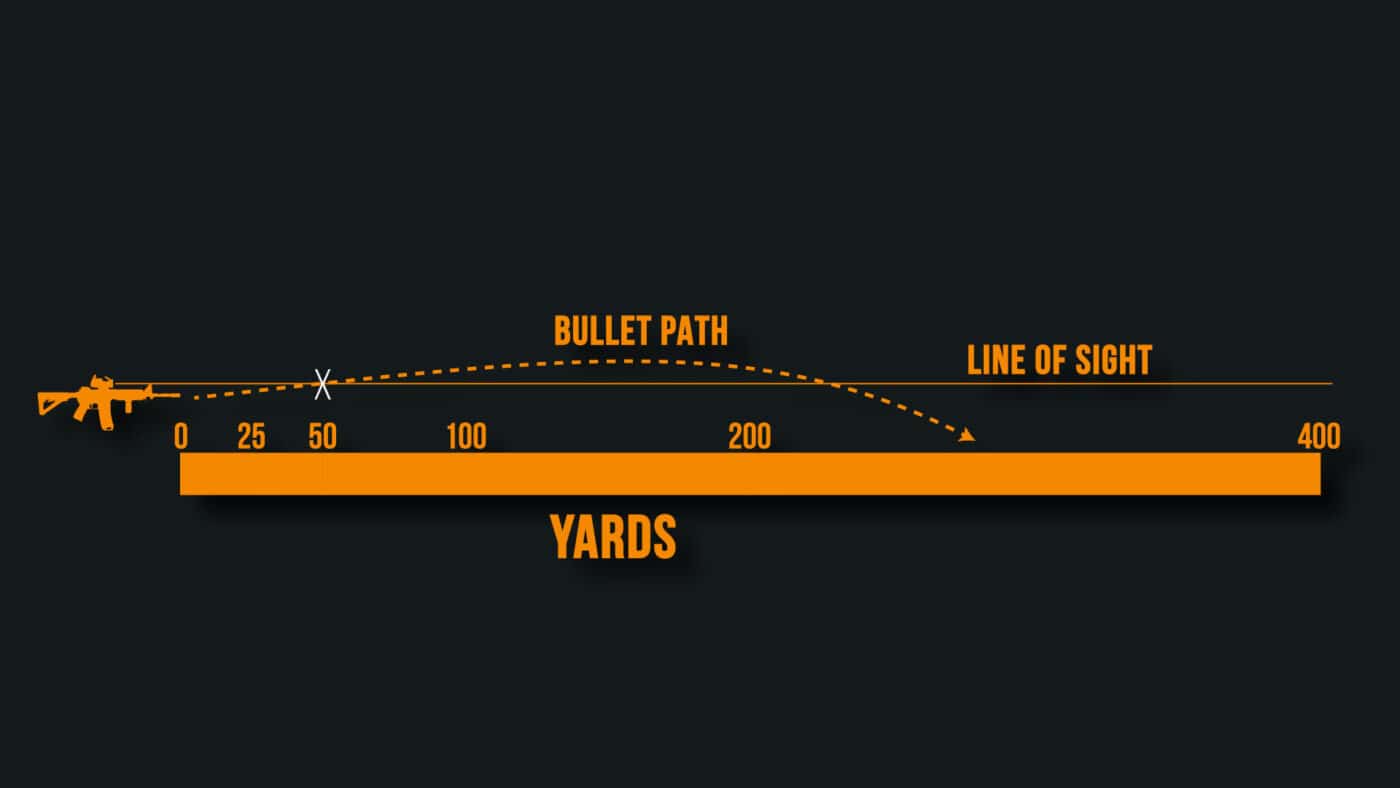
There have been more times than I can count in my early days of shooting when I would have a gun zeroed and then go out and shoot and be totally perplexed as to why my bullet was hitting several inches low. I’ll admit I was pretty green then, but I simply could not figure out what was the issue.
What You Don’t Know
As I began to accumulate more and more knowledge (and started shooting with skilled shooters and instructors), I learned what my mistake was. Yes, I had zeroed my AR, but it was not that simple. While I understood that bullet trajectory affected the point of impact at distance, I had to learn that it did the same much closer in as well.
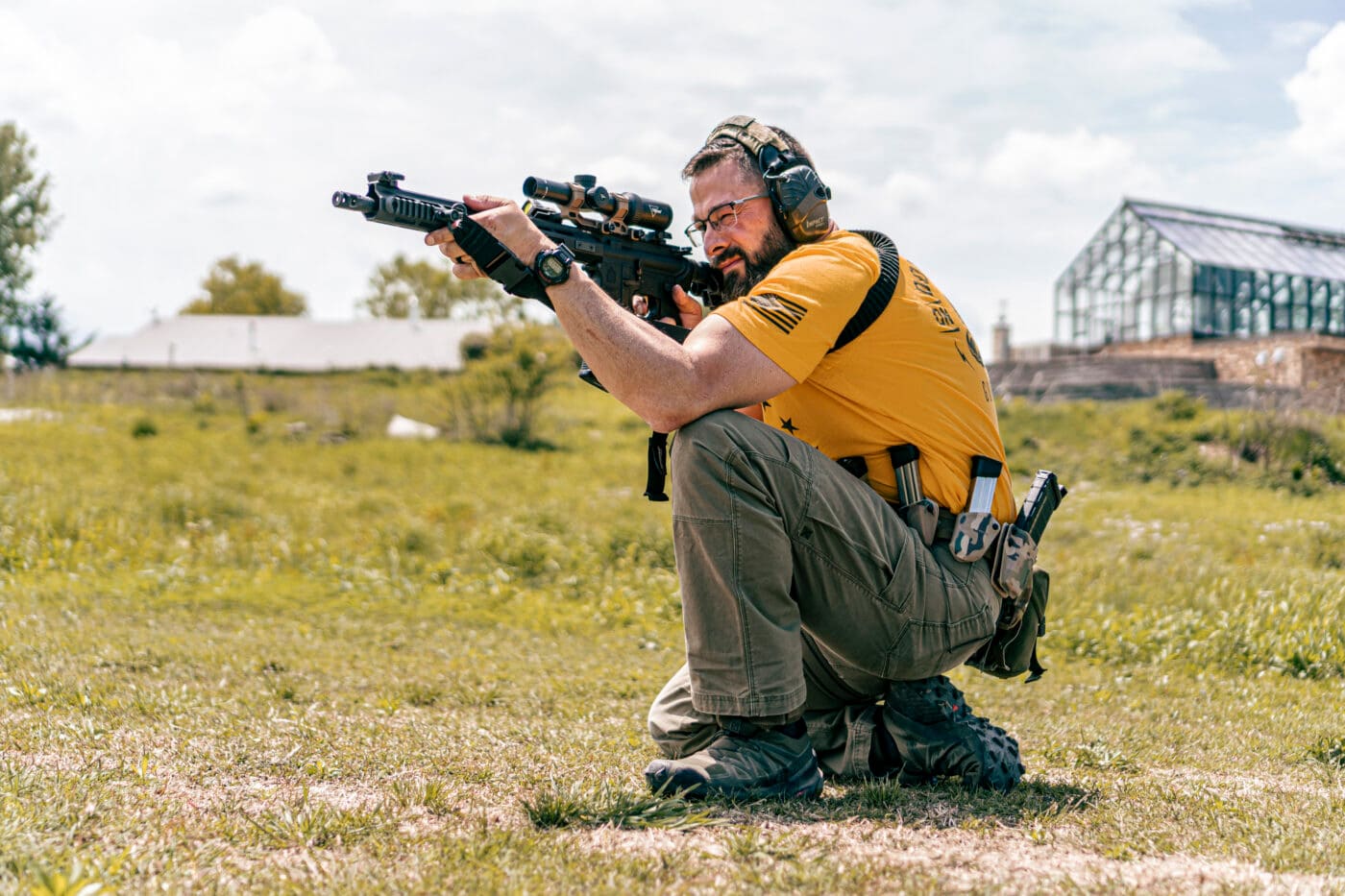
Basically your optic or your iron sights “see” in a straight line for as far as you can see (and beyond). However, the projectile that fires from your rifle acts much like a football when it is thrown. If you want it to reach a point a good distance away, you have to throw it at an upward angle so it arcs out to your target. It’s the same principle archers use with arrows. The same is done with projectiles from a firearm, but at much greater speeds.
So, when you sight in your rifle, your sights are oriented in a straight line, but the bullet arc through that line of sight at two points. When you sight in an optic at, let’s say, 50 yards, your sight is then absolutely a direct hit at 50 yards in perfect weather conditions. But the points of impacts before and after that 50 yards are unknown variables — and pretty significant ones, at that.
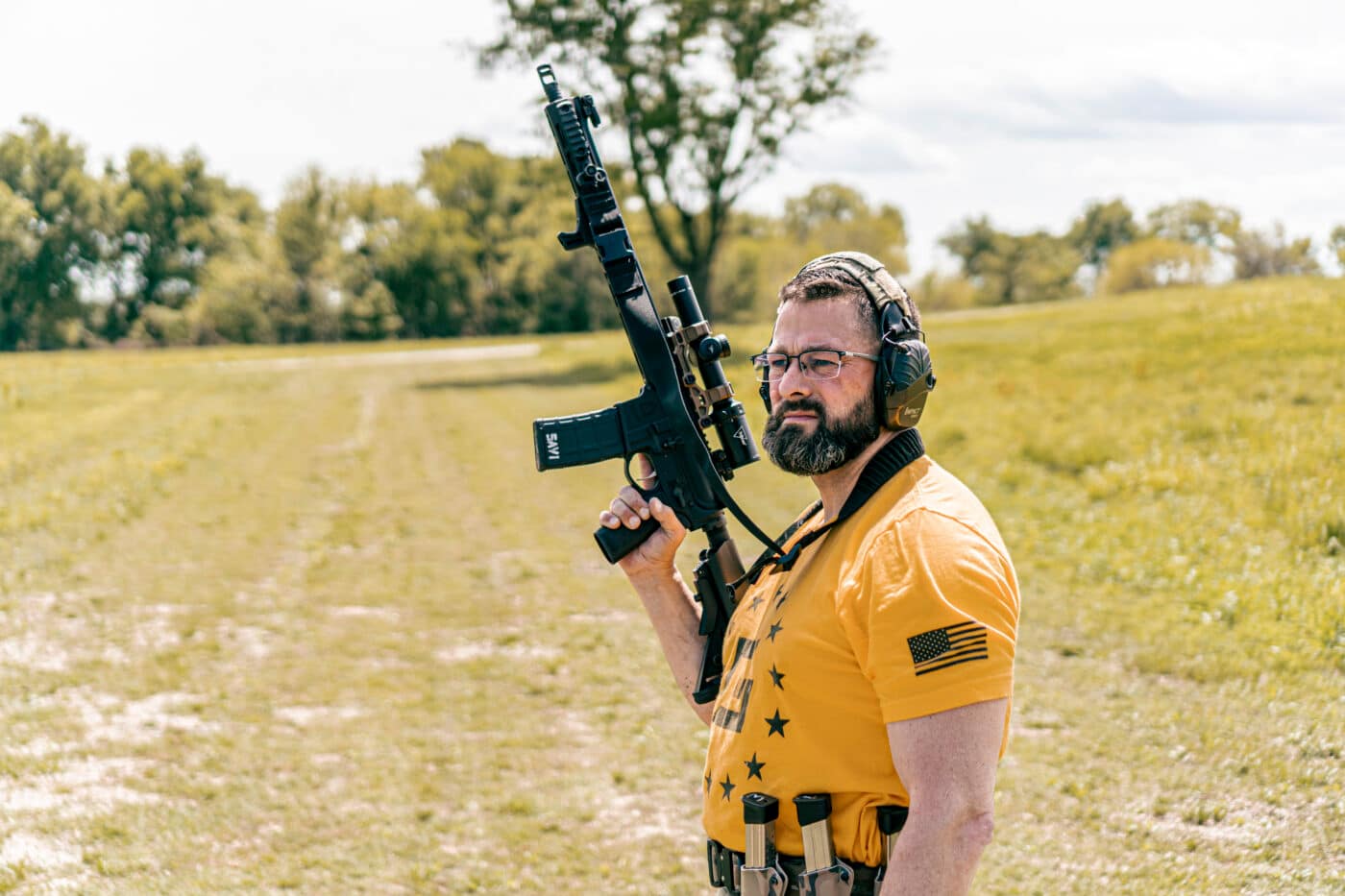
While there are a lot of options for the proper zero distance and where that secondary point of impact will be where the bullet arc intersects with your line of sight (read about the advantages of 36-yard and 50-yard zeros here), our primary concern in this piece is what happens with your point of impact at CQB distances with your rifle.
While you may obsess over the size of your groups in inches at 100 yards and beyond, at CQB distances with a rifle an impact difference of an inch or two can mean the difference between life and death. So, obviously, this is not a detail you want to gloss over, particularly if you are using your AR in a home defense role.
Why It Matters
So now you know the problem. But what’s the solution? Our advice is to pick a zero distance, then get out and shoot on paper or something where you can see impacts and watch where your impacts happen at a variety of distances — particularly distances that are applicable to your planned uses for the rifle.
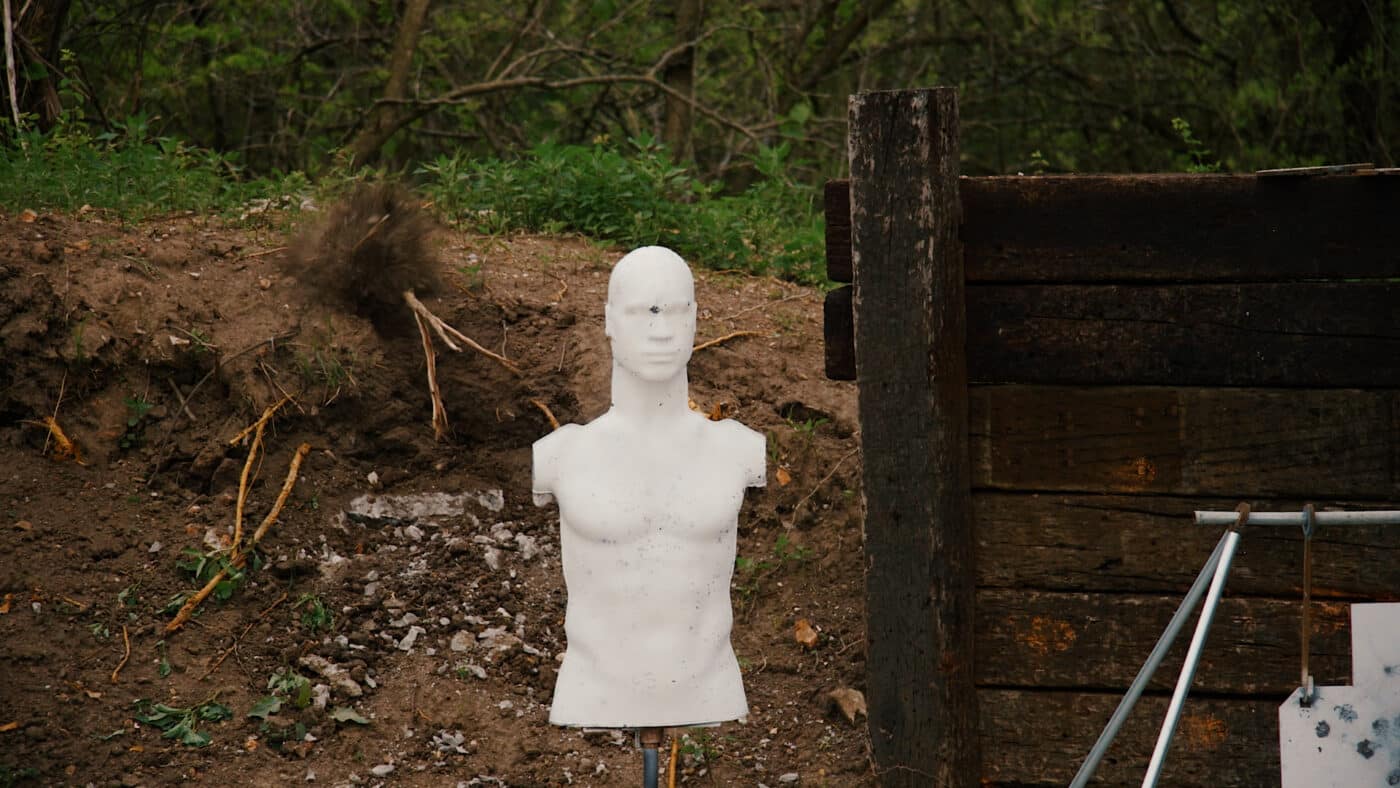
If you have a 16”-barreled AR and a 1X magnification optic on it, I would not worry too much with making sure you can hit at 450 yards. Pick testing distances that are applicable to your set-up. And if you might use this rifle in a self-defense/home-defense role, we absolutely suggest that you figure out where its point of impacts are at very close distances.
To try this out for ourselves, we asked Grant LaVelle, Chief Instructor at Maximum Life Expectancy and GunSpot, to come out and give us a demonstration on understanding your optic’s zero and how it can come into play in a real-world scenario.
For our test in the video above, Grant has a 50 yard zero with his Trijicon Credo HX 1-4×24 LPVO mounted on a SAINT Victor B5. To illustrate the difference of point of aim to point of impact at closer ranges, he set his target about 15 yards.
Going back to the analogy of the thrown football arcing through the air, at this distance the point of impact of the round would be low — affected by the height of your optic (or iron sights) relative to the bore of the rifle’s barrel. One important point to note here is the divergence of the line of sight versus the actually bore of a rifle on an AR-pattern firearm.
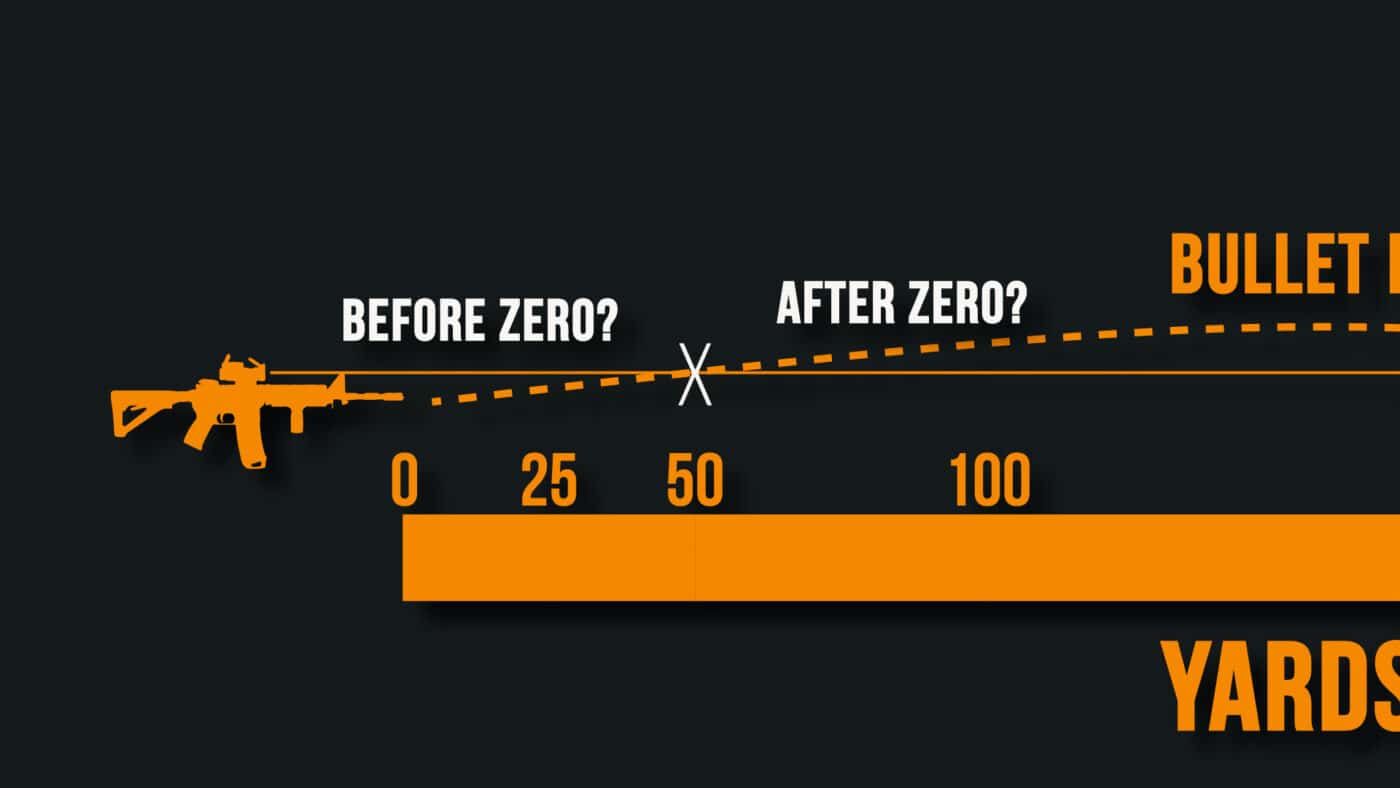
Unlike more traditionally configured rifles with a lot of “drop” to the stock to bring the eye up in alignment close to the bore of the rifle, the AR is designed to have an “in line” stock that is aligned more closely to the bore of the rifle. The benefit of this is much more control over muzzle rise and recoil. The downside? Your optic or iron sights are very high above the bore, creating a much larger difference between point of aim and point of impact at certain distances.
In our experience, the maximum distance your round out of an AR can be low at close or even point-blank ranges is 3”. As a target moves closer and closer to that 50-yard zero Grant has set, that difference minimizes and then disappears (but what it does after that 50 yard zero is an entirely different conversation).
The Test
To illustrate how significant that 3” of offset could be at close distances, we positioned a “Rubber Dummy” 15 yards away and presented it in the context of a hypothetical hostage-taker situation. In this scenario, the bad guy has taken a hostage and is threatening their life. In this case, we are forced to take a shot to save the hostage.
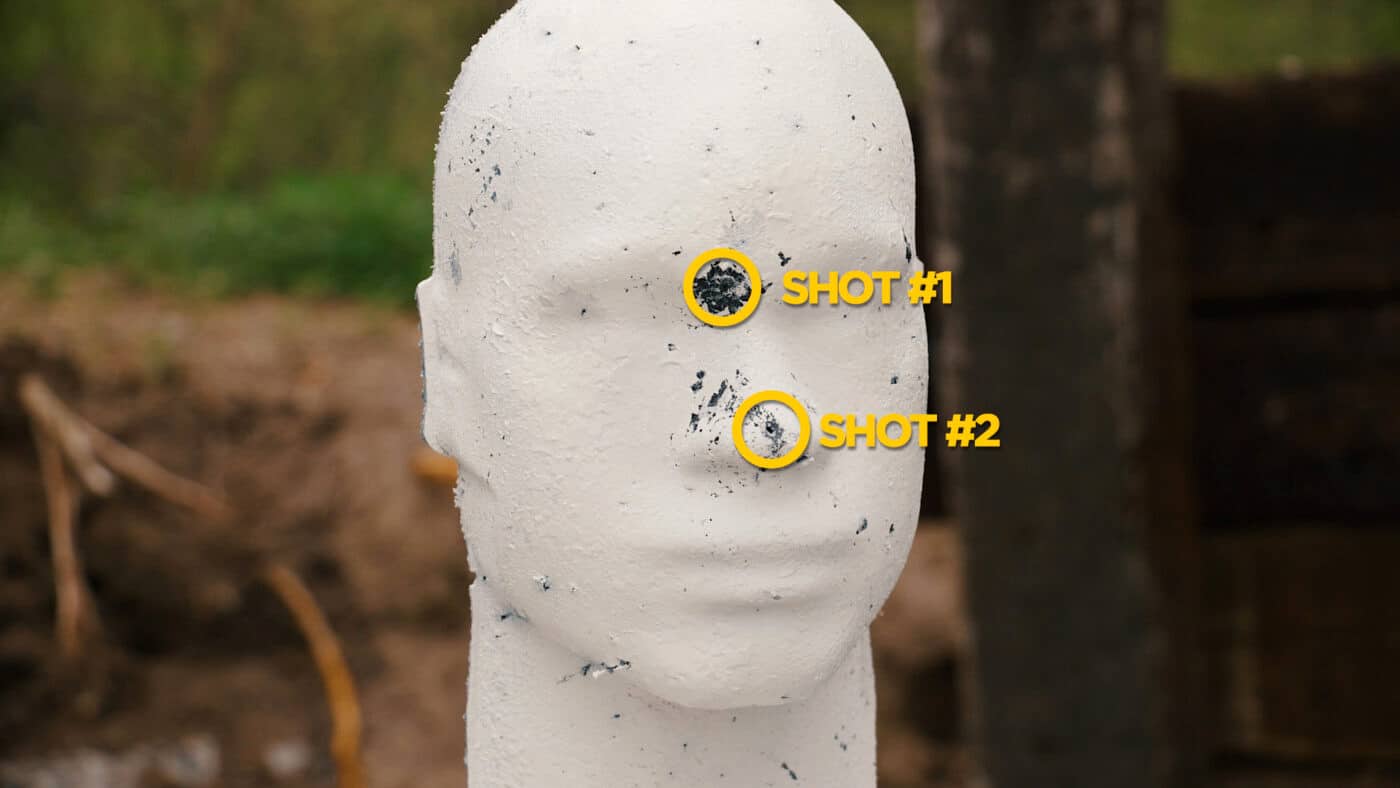
Unfortunately, the top of the hostage’s head would be positioned right at the bad guy’s/rubber dummy’s tip of the nose. Obviously, we need to clear the hostage’s head with a shot. For our first shot, we did it correctly. Grant instructed that because of his zero distance and his mechanical offset (of which he was aware through practice and testing), he would aim for where the top of the hairline would be on our rubber dummy. As a result, the shot landed perfectly right between the eyes of the target, which would have been sure to end the hostage situation and save our hostage’s life.
For our second shot, Grant showed us what would happen if you didn’t account for the offset at this distance and just placed your reticle where you wanted the impact to be. This time, Grant aimed for right between the eyes of the Rubber Dummy, and the shot landed roughly 3” lower, right on its point of the nose. If you remember, this is where the top of our hostage’s head is located. Not a good result.
Understand Scope Zero — Final Thoughts
So remember, get out with your rifle and see where your impacts are at various distances — particularly in regards to how you foresee using it. It could not be more important. Knowing the difference between your point of aim and your point of impact is vital.
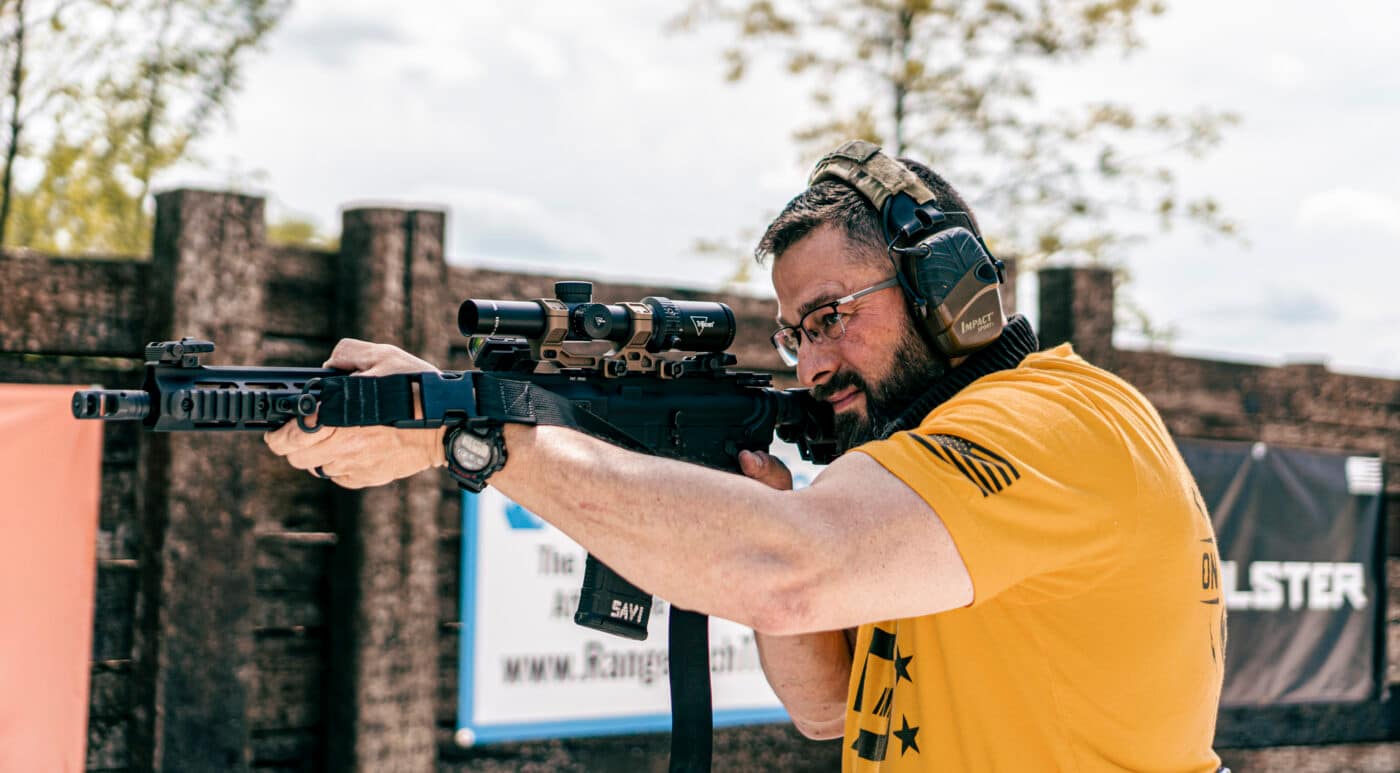
However, knowing this difference does you no good if you cannot gauge these distances by the naked eye. If you have a rangefinder, use it to check some distances and see if your instincts match up with the actual measurements. And if you plan on using the rifle for home defense, definitely take some measurements inside your home so you know what you are facing. You will not regret it if you ever have to use that rifle in its intended role.
Editor’s Note: Please be sure to check out The Armory Life Forum, where you can comment about our daily articles, as well as just talk guns and gear. Click the “Go To Forum Thread” link below to jump in and discuss this article and much more!
Join the Discussion
Featured in this video
Continue Reading
Did you enjoy this video?

 156
156




